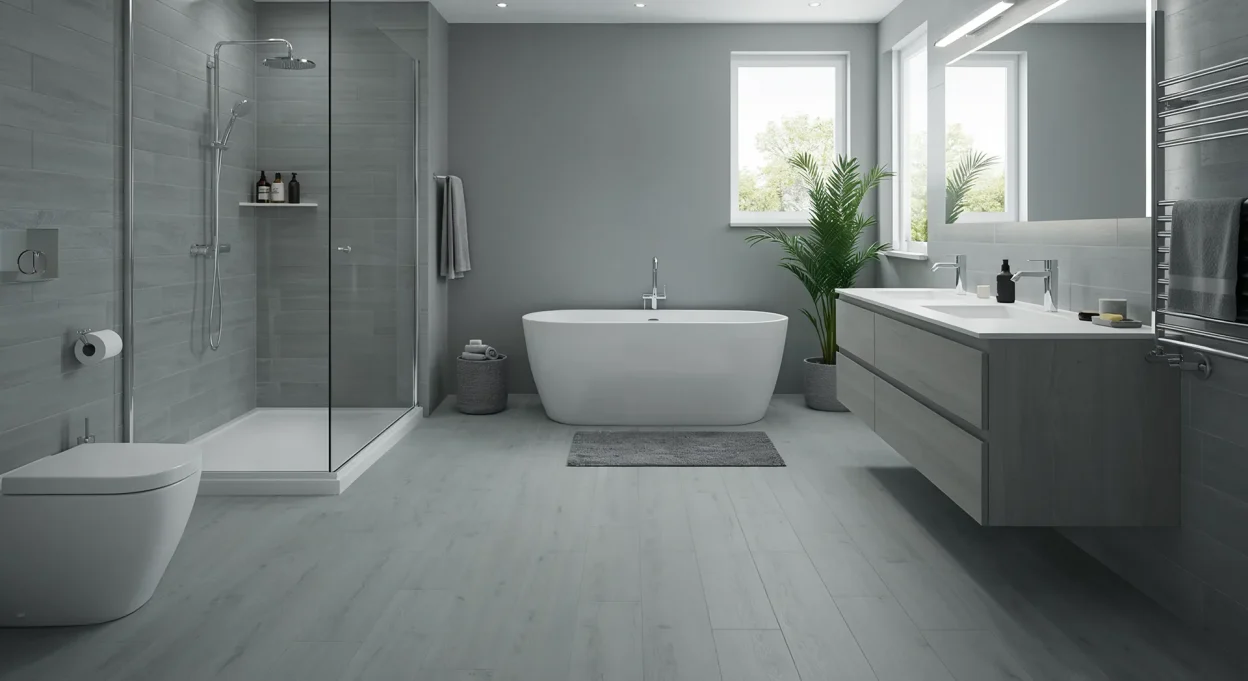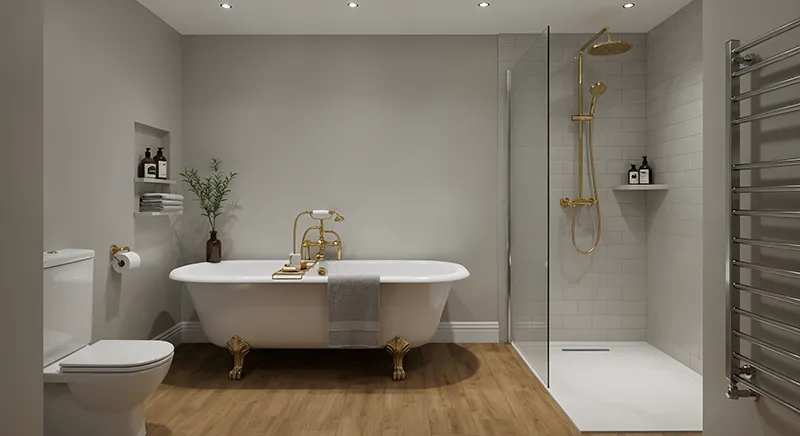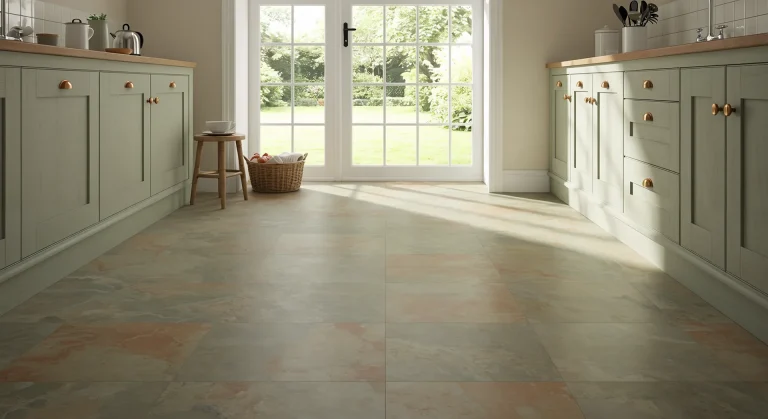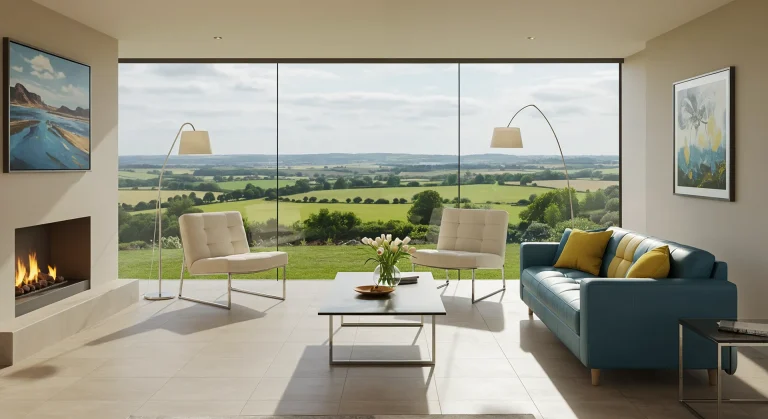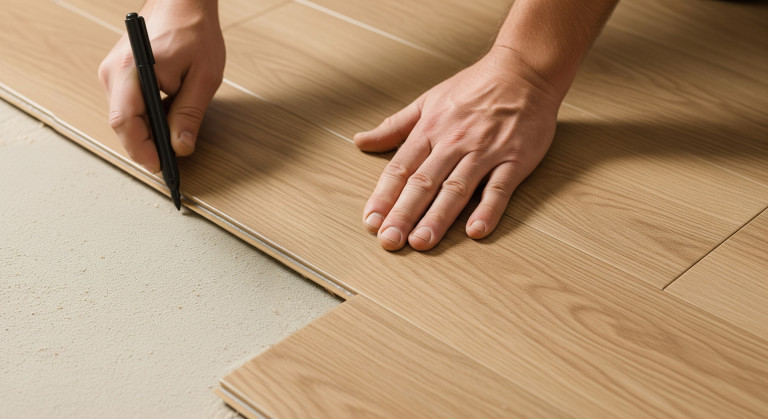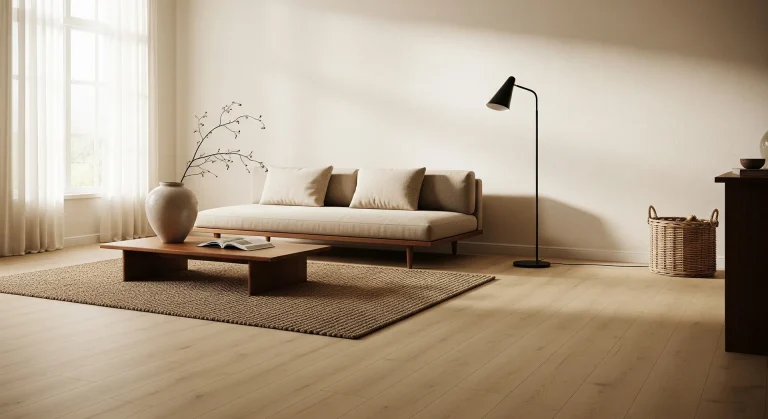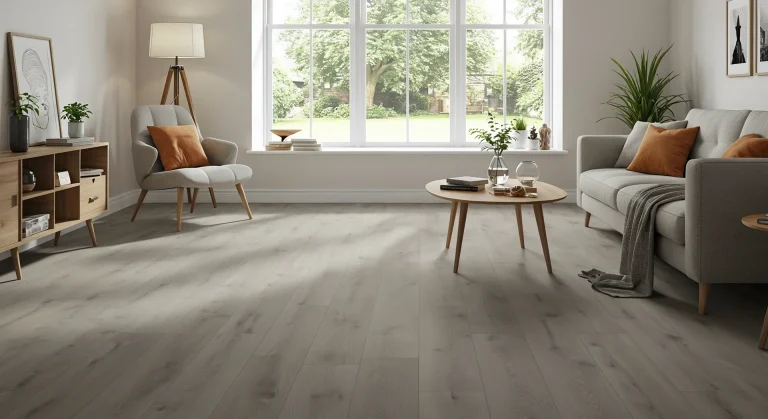The bathroom is one of the most demanding environments in any UK home. It’s a space that must withstand daily exposure to water, steam, humidity, and splashes, all while providing a safe, hygienic, and relaxing atmosphere. At the heart of creating a successful bathroom is the choice of bathroom flooring. Get it right, and you have a beautiful, durable foundation that lasts for decades; get it wrong, and you risk water damage, mould, and costly repairs. This makes understanding truly waterproof flooring not just a style choice, but an essential investment.
This ultimate UK guide for 2025 is dedicated to exploring the very best in bathroom waterproof flooring. We’ll delve into the essential qualities your floor must have, compare the top materials like Luxury Vinyl Tile (LVT) and porcelain, showcase inspiring style trends, and cover the critical installation techniques that ensure a fully watertight finish, helping you choose with complete confidence.
Jump to Section:
- Essential Qualities for Your New Waterproof Flooring
- The Best Materials for Bathroom Waterproof Flooring (UK 2025)
- Trending Styles for Your Bathroom Waterproof Flooring
- Critical Considerations for Your Bathroom Waterproof Flooring Project
- Installing Your Bathroom Waterproof Flooring: The Watertight Method
- Simple Care to Maintain Your Bathroom Waterproof Flooring
- A Guide to UK Bathroom Waterproof Flooring Costs (2025)
- The Final Verdict on Your Bathroom Waterproof Flooring
Essential Qualities for Your New Waterproof Flooring
Before falling in love with a particular style, it’s crucial to ensure any potential bathroom waterproof flooring meets these non-negotiable criteria:
- 100% Waterproof: This is the golden rule. The material must be completely impervious to water. “Water-resistant” is not sufficient for the constant moisture levels of a bathroom.
- High Slip Resistance: Safety is paramount on a wet, soapy floor. Look for materials with textured surfaces or a certified slip-resistance “R-rating” (R10 or higher is a great standard for UK homes).
- Durability: Your floor needs to be tough enough to resist scuffs, stains from toiletries, and the rigours of frequent cleaning.
- Hygienic & Easy to Clean: A non-porous surface is essential to prevent the growth of mould and mildew and to allow for easy, thorough cleaning.
- Comfort & Warmth: A floor that isn’t ice-cold underfoot on a chilly morning is a significant comfort factor.
- Underfloor Heating (UFH) Compatibility: UFH is a popular luxury in UK bathrooms, so ensure your chosen flooring and any adhesives/underlays are compatible.
The Best Materials for Bathroom Waterproof Flooring (UK 2025)
Only a select few materials meet the demanding criteria for a true wet environment.
Luxury Vinyl Tile (LVT): The Stylish All-Rounder
LVT has become a favourite for UK bathrooms, brilliantly combining style with performance. Modern LVT, especially with a rigid SPC (Stone Plastic Composite) core, is 100% waterproof, durable, and warmer underfoot than tiles. Its biggest advantage is the incredible design versatility, offering stunningly realistic wood-effect planks (LVP) for a spa-like feel or stone-effect tiles that mimic marble or slate without the high cost and maintenance. Popular UK brands like Pro Tek Flooring, Karndean, Amtico, and Quick-Step offer extensive waterproof ranges.
Porcelain & Ceramic Tiles: The Classic & Durable Choice
Tiles are a traditional and powerful choice for bathroom waterproof flooring. They are extremely hard-wearing, completely waterproof on their surface, and exceptionally easy to keep clean and hygienic. Porcelain is denser and less porous than ceramic, making it the superior option for a wet environment. Tiles are also an excellent partner for underfloor heating. The only potential weak point is the grout lines, which must be installed with a high-quality waterproof and flexible grout (epoxy is best) to ensure the system is sealed.
Safety & Sheet Vinyl: The Practical & Seamless Solution
For ultimate practicality and water resistance, sheet vinyl is an outstanding option. Often referred to as “safety flooring” when it contains aggregate for high slip-resistance (from brands like Altro or Polyflor), it offers a fantastic solution. Because it comes in wide rolls, many standard UK bathrooms can be fitted with a single, seamless piece, eliminating joints where water could potentially ingress. It’s also cushioned, comfortable, and a very budget-friendly choice.
Trending Styles for Your Bathroom Waterproof Flooring
The right material can be styled in countless ways. Current UK trends for 2025 include:
- Natural & Spa-Inspired Looks: Recreate a tranquil retreat with bathroom waterproof flooring. Light wood-effect LVT planks, soft grey stone-effect tiles, and other earthy tones are hugely popular.
- Statement Patterns: Use your bathroom waterproof flooring to make a bold statement. Victorian-inspired geometric and encaustic patterns are perfect for adding character to period properties or a touch of flair to modern WCs. Herringbone LVT continues to be a top trend for adding sophisticated detail.
- Large Format Tiles: Using larger tiles (e.g., 600x600mm or bigger) in either LVT or porcelain creates fewer grout lines, resulting in a clean, seamless look that can make smaller UK bathrooms feel more spacious and luxurious.
- Dark & Dramatic Finishes: Don’t be afraid to go bold. Charcoal slate-effect LVT or dark, moody porcelain tiles can create a sophisticated, high-end hotel feel, especially when contrasted with elegant brass or matte black fixtures.
Critical Considerations for Your Bathroom Waterproof Flooring Project
Beyond the material itself, there are two crucial technical points to consider:
- The Subfloor: The surface beneath your chosen bathroom waterproof flooring must be clean, dry, stable, and perfectly level. Old wooden floorboards common in many UK homes often need to be overboarded with moisture-resistant plywood to create a suitable, smooth base.
- Waterproofing (Tanking): For a true wet room or a shower area without a traditional tray, the subfloor and lower walls must be professionally waterproofed or “tanked” before the flooring is laid. This involves applying a liquid membrane or waterproof matting to create a sealed “tank,” ensuring any water that might get past the floor is contained. While not always necessary for a standard family bathroom, it’s the ultimate in water protection.
Installing Your Bathroom Waterproof Flooring: The Watertight Method
While some click LVT can be a DIY project, achieving a truly watertight finish in a bathroom often benefits from professional expertise. The key to success lies in sealing every potential point of water ingress.
The most critical step, regardless of the material, is sealing the perimeter. After your bathroom waterproof flooring is fitted, a continuous bead of high-quality, mould-resistant silicone sealant must be applied around the entire edge of the room where the floor meets the wall (or skirting). It must also be applied around the base of the toilet, basin pedestal, bath panel, and any pipework. This final seal prevents water from seeping under the floor and causing hidden damage.
Simple Care to Maintain Your Bathroom Waterproof Flooring
Keeping your bathroom waterproof flooring looking pristine is straightforward:
- Regular Cleaning: Sweep or vacuum regularly to remove dust and hair.
- Wipe Down: Use a well-wrung damp mop or cloth with a pH-neutral cleaner. Avoid flooding the floor with water.
- Squeegee: Using a floor squeegee to direct water into the drain after a shower can help the floor dry faster and reduce soap scum build-up.
- Avoid Harsh Chemicals: Abrasive powders, scourers, and strong chemical cleaners can damage the surface of vinyl and tile grout.
- No Steam Mops: Most manufacturers advise against steam mops, as the high heat and pressure can damage vinyl or weaken tile grout and adhesives over time.
A Guide to UK Bathroom Waterproof Flooring Costs (2025)
When budgeting for your new bathroom waterproof flooring, remember to account for materials, preparation, and installation.
Material Costs (per m² approx.):
- Sheet Vinyl: £10 – £35+
- LVT/LVP: £20 – £60+
- Porcelain/Ceramic Tiles: £20 – £60+
Installation Costs:
Professional fitting for a bathroom typically ranges from £150 – £400+ per day in the UK, with the final cost depending on the size of the room, complexity of cuts, and the amount of subfloor preparation required. Tiling is generally more labour-intensive and therefore more expensive to fit than vinyl.
The Final Verdict on Your Bathroom Waterproof Flooring
Choosing the right bathroom waterproof flooring for your UK home is a decision that beautifully merges form and function. The best choice will always be a material that is 100% waterproof and offers a safe, slip-resistant surface. For most homeowners in 2025, Luxury Vinyl Tile (LVT) and Porcelain Tiles offer the best combination of style, durability, and peace of mind.
By prioritizing these high-performance materials and ensuring meticulous, professional installation with perfect sealing, you can confidently create a bathroom that not only looks stunning but is also a truly functional, worry-free sanctuary for years to come.

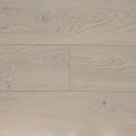 Light
Light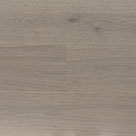 Grey
Grey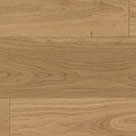 Natural
Natural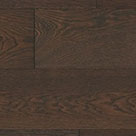 Dark
Dark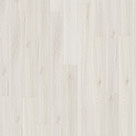 White
White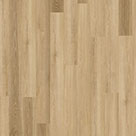 Light
Light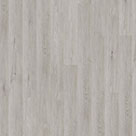 Grey
Grey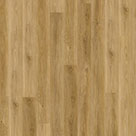 Natural
Natural Dark
Dark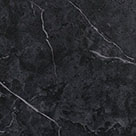 Black
Black